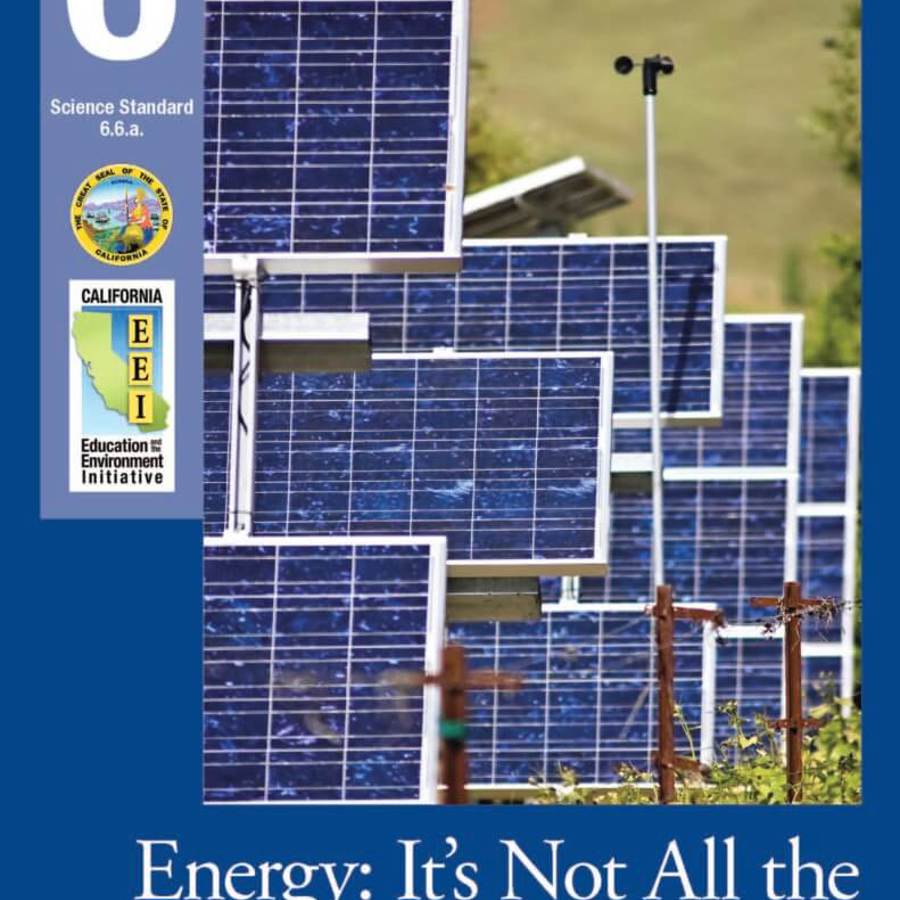
Energy: It's Not All the Same to You

Energy: It’s Not All the Same to You!” draws students’ attention to the importance of various forms of energy and the processes of energy conversion by exploring California’s statewide system of power generation. They examine the variety of energy sources used to generate electricity, looking at the availability of these sources and considering how these resources are limited and typically nonrenewable, as well as assessing how the distribution of different fuels influences their use in California. Students use power plants as models to study the release of energy during the conversion of fuels from one state to another, for example, the conversions that occur during the burning of coal and the operation of hydroelectric power plants. They examine California’s electricity generation systems as they assess which kinds of design and engineering solutions are feasible. The students then consider which designs might minimize the influence of power generation on natural systems. Since the role of petroleum- based energy is so substantial in California’s transportation systems, there is a supplemental lesson that explores this specific topic.
Grade Levels: 6-8
Duration: Varies
Concepts/Skills:
- Forms of energy (kinetic, potential, chemical, etc.)
- Energy conversion processes (e.g., coal combustion, hydroelectric generation)
- Renewable vs. nonrenewable energy resources
- Energy availability and geographic distribution
- Environmental impact of energy production
- Systems thinking in electricity generation and consumption
- Design and engineering solutions for sustainable energy
- Transportation and petroleum-based energy use
- Trade-offs and sustainability in energy choices
- Analyzing and comparing energy sources and systems
- Conducting cost/benefit analyses of different energy types
- Identifying and evaluating environmental byproducts of energy extraction and conversion
- Using models (e.g., power plants) to understand energy transformations
- Assessing the feasibility of engineering designs for energy systems
- Applying critical thinking to energy infrastructure and policy decisions
- Communicating scientific reasoning around energy choices and sustainability
Objectives:
- In this unit, students learn about the eight energy sources, each with its own costs and benefits.
- This unit
engages students with in-depth examination of these varied energy sources. - They learn that conversion
is a necessary step in the energy use process. - In conducting a cost/benefit analysis, students learn to
consider not only the byproducts involved in extracting, tapping, and harnessing the natural energy
resources, but also the byproducts created in the conversions necessary to produce useful energy—
electricity—from these natural energy resources.
Teaching About Climate Change
About Us
The Tech Interactive 2025 ©
All rights reserved.
 Skip Navigation
Skip Navigation

